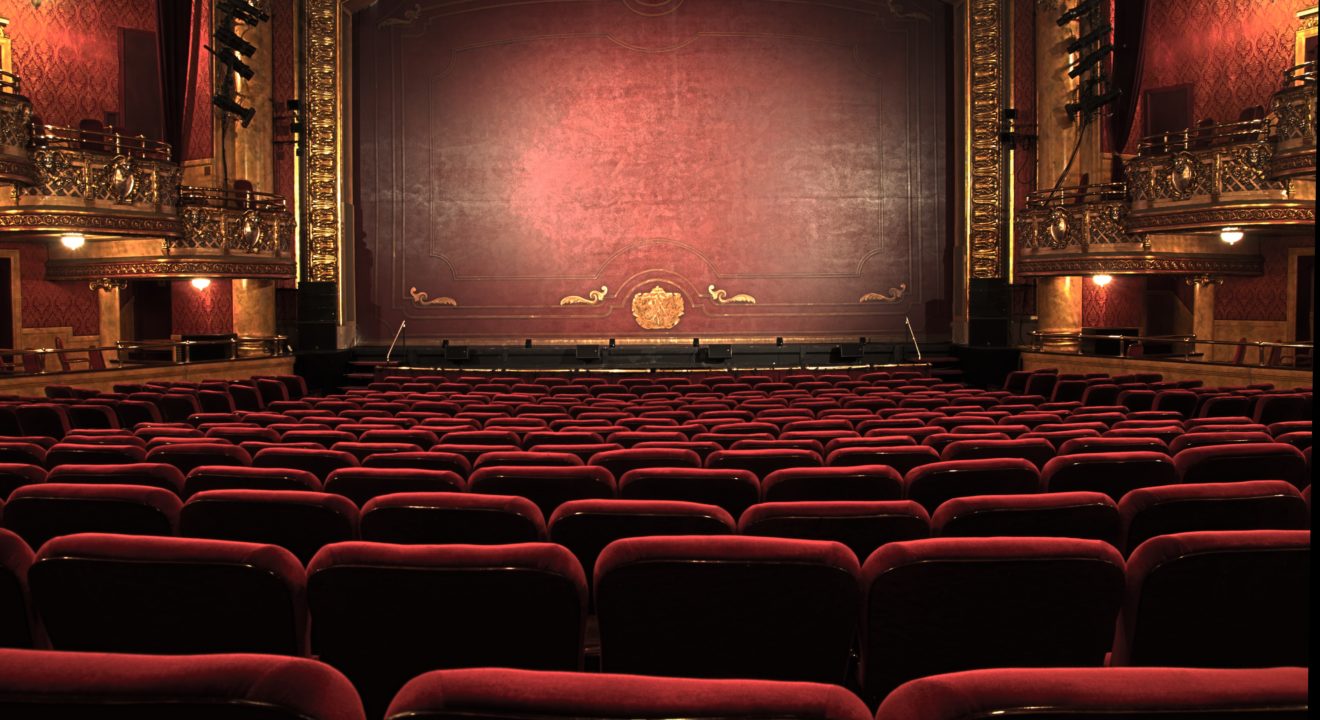Entertainment July 23, 2019
In a time of political unrest, do we need arthouse films that do not speak about current social issues?


“Politics and art cannot go together because the former, by its very nature, is one-sided.”
Although Leo Tolstoy said this in the 19th Century, it is an argument that is still being disputed today. For in post-#MeToo Hollywood, there is a moral battle raging. And it is a battle between filmmakers.
On one side: the filmmakers concerned mainly with art.
On the other side: the filmmakers concerned mainly with social issues.
What precisely do the two sides believe? Is one side better — or more moral — than another? And, if not, is there an alternative? Here’s the breakdown.

After a screening of her new movie “Highlife”, an audience member accused writer-director Claire Denis of not writing powerful female characters. Her response: “What the fu*k? I’m not a social worker.”
For art enthusiasts and filmmakers like Claire Denis, art is the domain of the soul, not the domain of activism. True artists do not create what they already know consciously, but what they are trying to discover in their unconscious. Then, through their art, these artists pass along their emotional experiences to their audience, evoking a wellspring of meaning that will last forever.
“The allotted function of art is not, as is often assumed, to put across ideas, to propagate thoughts, to serve as an example. The aim of art is to prepare a person for death, to plow and harrow his soul, rendering it capable of turning to good.” — Andrei Tarkovsky
By contrast, movies with sociopolitical statements have an intellectual agenda, consciously thought of by the artist prior to the artistic creation. These statements, therefore, contradict what films are best at — evoking emotion — and act more as propaganda than as art.
In the words of filmmaker and Pulitzer Prize-winning playwright David Mamet, “What is not the purpose of drama is to make people better, to give them ideas, to teach, to reform, [or] to espouse good causes. This is not the purpose of drama!”
Many of the filmmakers concerned with movies about social injustice are skeptical of art that is devoid of a sociopolitical message.
Paul Thomas Anderson’s “Phantom Thread”, as an example, feels timeless because of its beautifully executed formalism and evocations of love. But it also feels outside of our time. It lacks a female protagonist that is as developed as her male counterpart and the film examines no current issues.
There are consequences to this. In a time of diversity and minority empowerment, these art films disregard the importance of the issues of our time. In doing so, they act as if philosophical and psychological explorations are more important than the sociopolitical issues that are at the forefront of contemporary consciousness.


For the filmmakers concerned with movies about social issues, the purpose of art is to speak directly about the times. The time for subtlety is over. Society has oppressed voices. What is paramount right now are political movies with minority representation and clear sociopolitical messages.
“We go to the theater to be entertained, but if what is left after you watch the movie is a sort of eye-opening perspective on some social issues, then it can be a really powerful piece of art.” — Jordan Peele
By contrast, films that are merely art for art’s sake are elitist. The soul of humanity is a beautiful sentiment, but there are plenty of pieces of art that have explored that. The world needs to know what we have to say about the issues of today. And the louder we express our messages the better.
In the words of french filmmaker Céline Sciamma, “I think all movies are political. The ones who are not political intentionally are the worst and have the worst politics.”
Many arthouse enthusiasts are skeptical of art that preaches a sociopolitical message. In his article, The Best Movies of 2018, Richard Brody — a critic deeply concerned with the political — expresses skepticism of the art that aims to state its concerns about current issues directly:
“In the rush to be of the moment, in the self-conscious and vain exertion to capture the times, filmmakers often make movies as disposable as an op-ed, a commentary that converges with the averages and approximations of prevailing attitudes rather than the intimate specificity of experience… Many of the year’s most ostensibly ‘political’ films have earned critical praise, they’ll likely get awards, and they can be counted on to have as little effect on current-day politics as they’ll have on the history of cinema.” — Richard Brody
As Brody suggests, although films like “Selma” or “On the Basis of Sex” have important messages, they will not achieve the intended results. They will, instead, only validate what more liberal-minded people already believe, and further antagonize the more conservative. For although the sentiments of these films are beautiful, they will not produce the change that was intended by their creators.


Us democrats are currently living in a time of moral greyness. Although we are on the same side, we still navigate the question of what is more right and what is more wrong.
Naturally, therefore, the filmmakers on the two sides of this artistic debate — who are predominantly democratic — are clashing over what is more right and what is more wrong.
Perhaps touching the soul, affecting the unconscious through aesthetic, will evoke the change we desire.
Or perhaps stating directly what is wrong with the world, speaking to the collected consciousness, is what will lead to good.
Like so many of today’s issues, what is more right is not clear. But there is a way to combine the two views, creating art that may, in fact, be better. This is by combining the timeless and the timely.
Films such as Barry Jenkins’ “Moonlight,” Greta Gerwig’s “Lady Bird”, and Alfonso Cuaron’s “Roma” do this.
“Moonlight,” for example, is a movie that explores the nature of identity. Are we born evil or do we become evil as we are indoctrinated by incorrect social conventions?
“Politics and art cannot go together because the former, by its very nature, is one-sided.” — Leo Tolstoy
The protagonist Chiron, homosexual and black, begins as an innocent child. But as society tells him what he should be, his identity splits (mirrored by the tryptic structure) and he is forced into conformity. He suppresses his homosexuality and takes on the characteristics of what society deems “black” to mean.
But in a masterfully restrained third act, Chiron is reminded of his childhood. He regains control of who he is. He expresses his homosexuality and becomes a black man devoid of what society says a black man should be.
“Moonlight” manages not only to speak about its universal theme of identity. It speaks about sexuality, race, and the socioeconomic conditions of Miami’s underprivileged. Yet rather than state any of these issues directly, Jenkins expresses them through the subjective experience of its black protagonist.
Doing this blends current sociopolitical issues with the unconscious expression of emotional truth.
And “Moonlight” becomes a portrait of our time while also standing the test of time.
Despite what Mr. Tolstoy said, politics and art can go together. But it requires a steady hand, where the art does not diminish the political and the political does not diminish the art.
Perhaps then, with films like this, the positive change we want can finally occur.